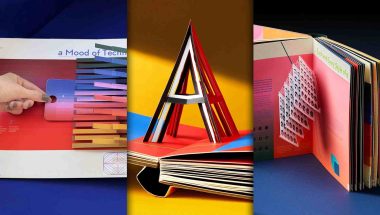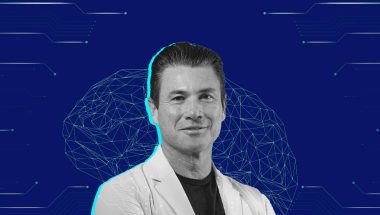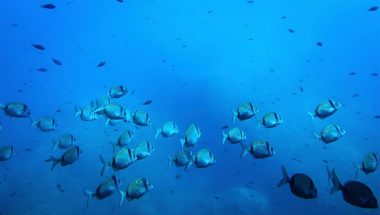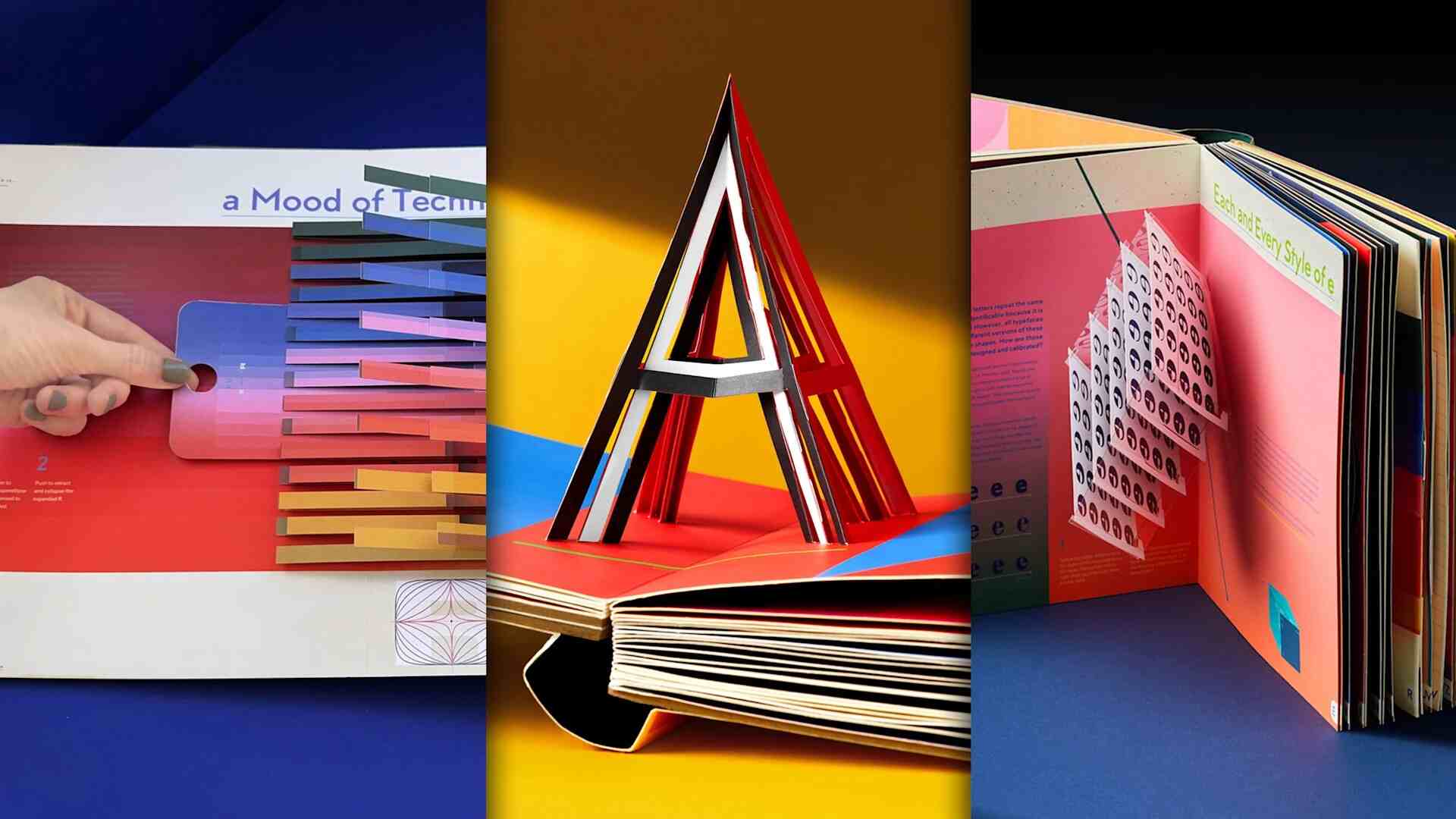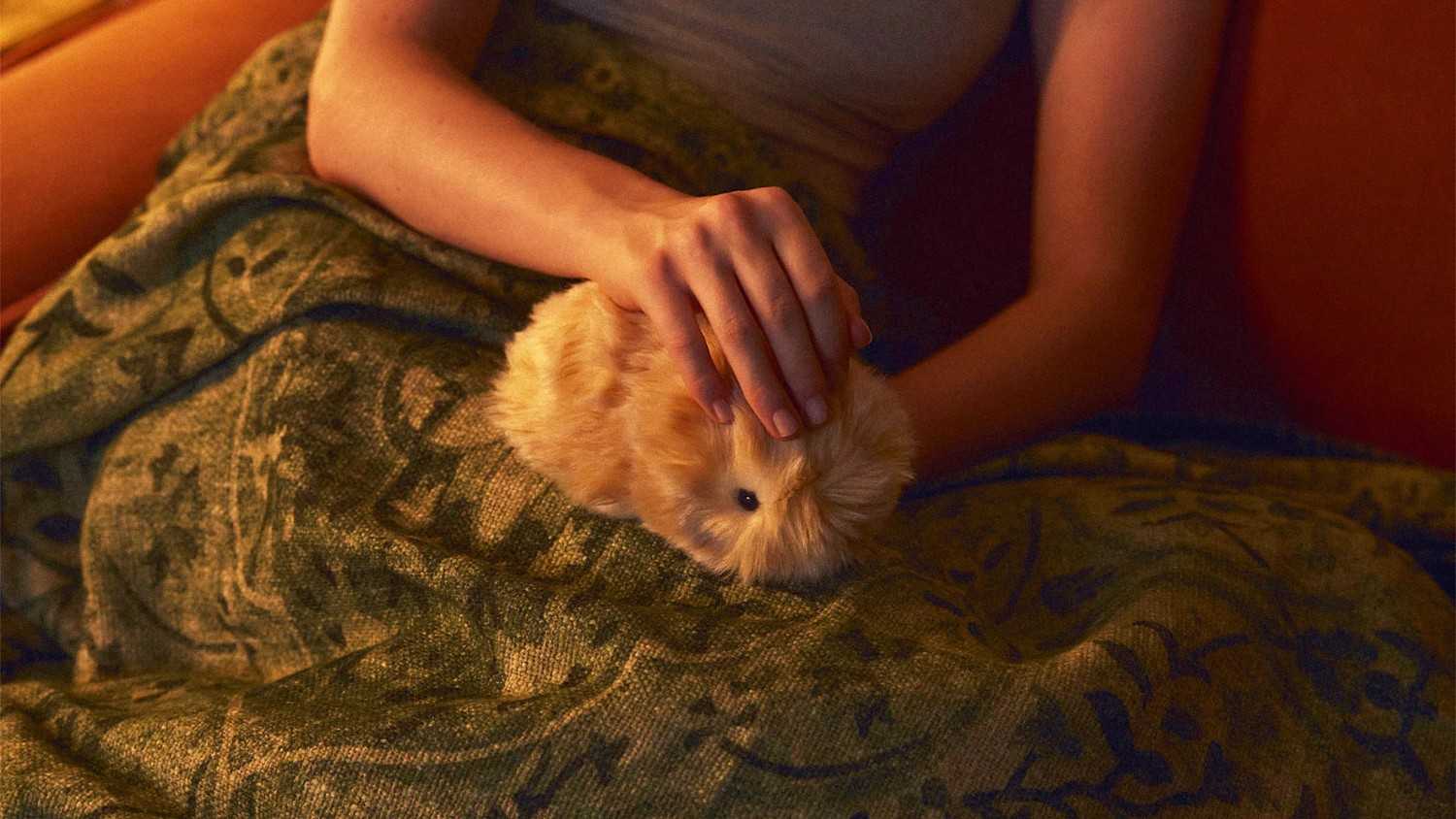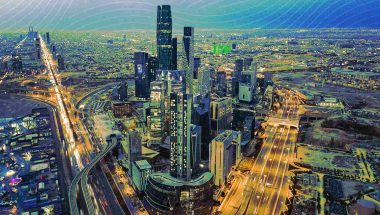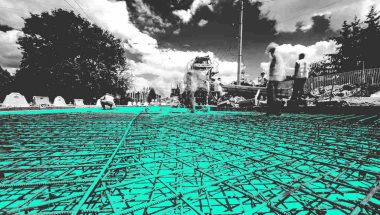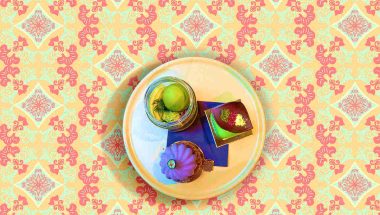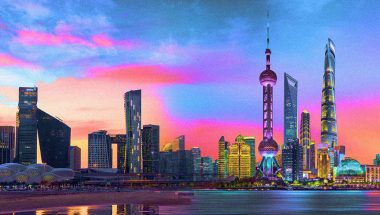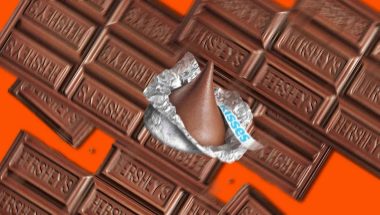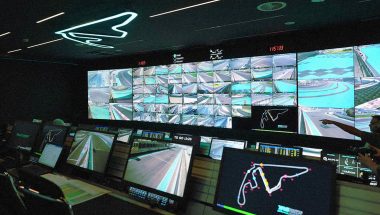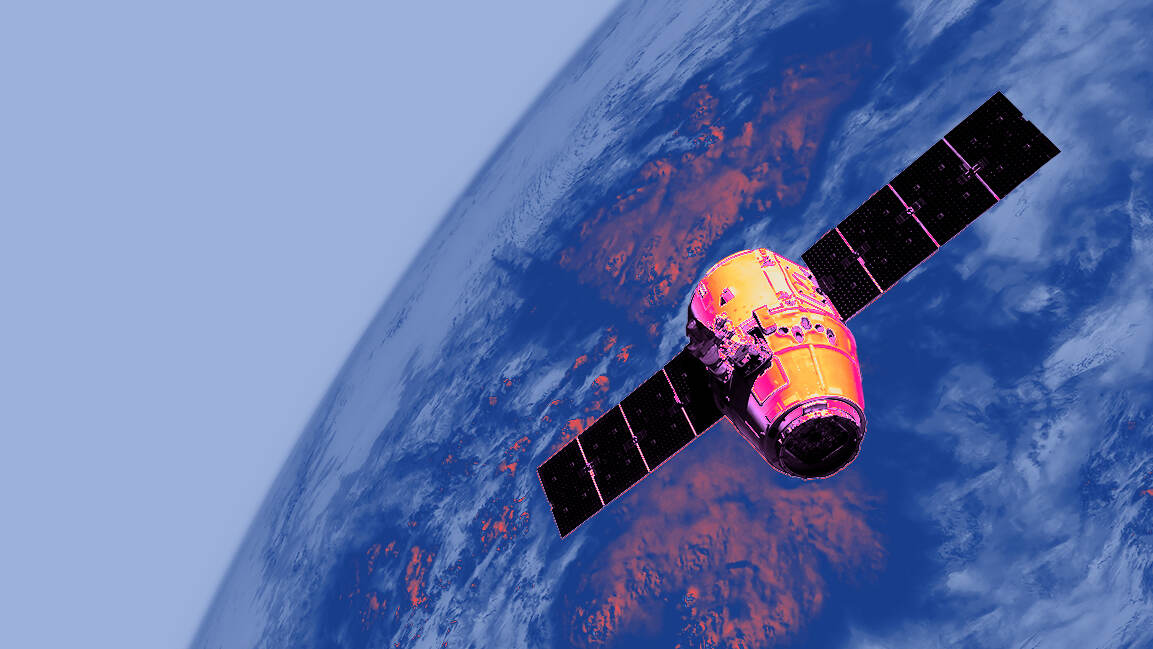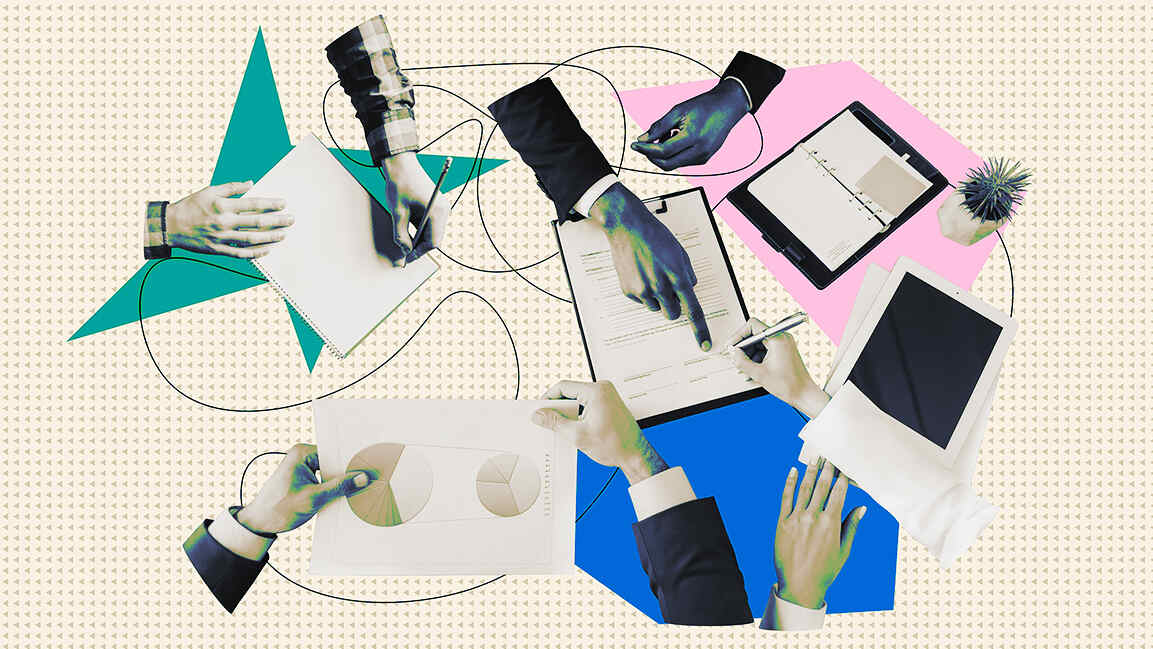- | 10:00 am
How Istanbul’s Arnavutköy became an experiment in reality
How curators Alphan and Demet Müftüoğlu Eşeli turned Istanbul’s Arnavutköy neighborhood into a living artwork–challenging what’s real in an age of algorithms, distraction, and digital noise.
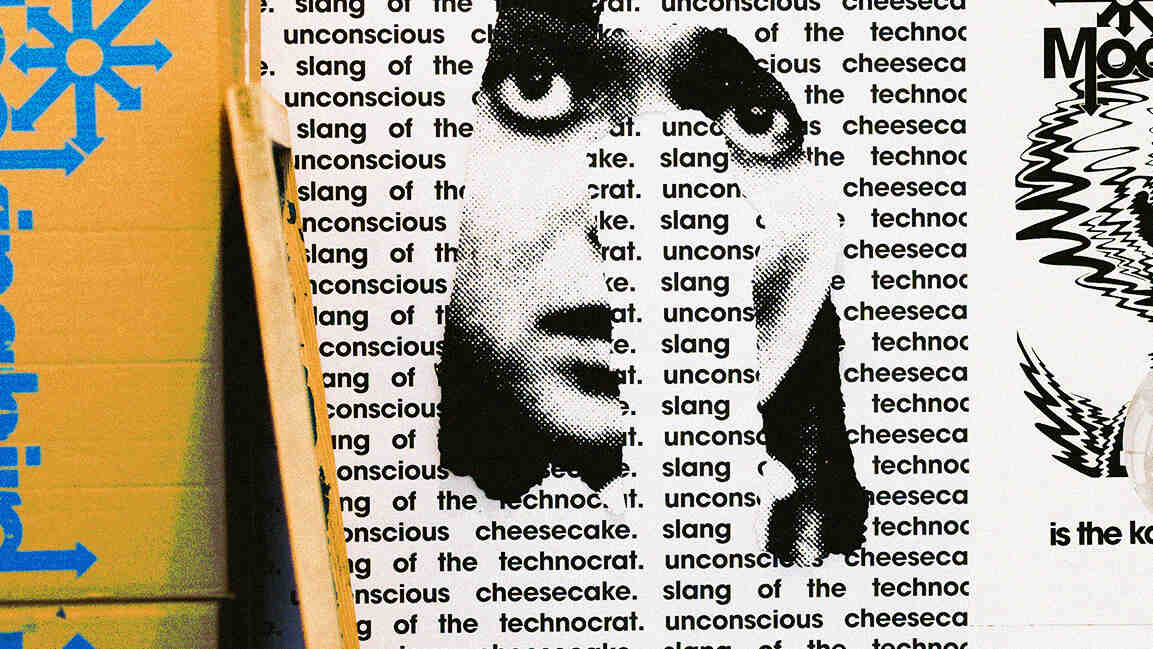
These days, reality often feels questionable. Between algorithmic feeds, AI-generated images, and a constant stream of curated distractions, it has become increasingly difficult to distinguish what is genuine from what is merely engineered to capture our attention. It is this sense of disorientation that curators Alphan Eşeli and Demet Müftüoğlu Eşeli sought to confront with Nearness, a city-wide exhibition that transformed Istanbul’s Arnavutköy neighborhood into a “living laboratory” for art and perception.
“The idea of ‘What is Really Real?’ has always lingered in our thoughts, but it feels urgent now,” says Alphan, co-founder of ISTANBUL’74 and the IST, the arts and culture festival, which celebrates its 15th anniversary this year. “We’re in a time when reality has been blurred by algorithms, curated feeds, deepfakes, and even well-meaning distractions. So we wanted to pause and question that instability. ‘Nearness’ became our response: an attempt to reclaim intimacy, community, and the hyper-local as a source of clarity.”
Demet describes the exhibition as an antidote to abstraction. “We wanted to anchor the show in the texture of daily life, our neighborhood became the canvas,” she says. “Nearness isn’t just physical proximity; it’s emotional and philosophical too. We created a setting where the art could spill into everyday spaces, inviting people to slow down and look again. That act of seeing—with presence—was our way of addressing the theme.”
PRESENCE AS A RADICAL ACT

Courtesy: Istanbul International Arts & Culture Festival
In a hyperconnected world, attention has become a scarce resource. For Alphan, the simple act of being present is now radical. “Proximity demands presence,” she says. “It disrupts the habitual scroll, the glance. You don’t just visit the art, you stumble upon it, you coexist with it.”
This idea is central to Nearness, which abandons the traditional gallery format altogether. Instead, the exhibition is woven into the rhythms of Arnavutköy, its cobbled streets, flower shops, butcher counters, and neighborhood cafés. “This exhibition could only happen here,” Alphan says. “The daily life of Arnavutköy shaped everything. Shopkeepers welcomed the works, locals paused to look or ask questions. The community became part of the work. To us, that’s reality: a shared moment of recognition in an unexpected place.”
THE CITY AS A CANVAS
The art itself reflects the tension between perception and truth. Laurent Grasso’s Panoptes, a luminous installation spanning the façades of the ISTANBUL’74 building, takes its name from the myth of Argos Panoptes, the all-seeing shepherd. Presented in collaboration with Perrotin, it invites passersby to question who is watching and what they choose to see. Inside, Ben Frost’s sound piece Love Will Tear Us Apart fills the space with haunting emotion, blurring the boundaries between illusion and experience.

Courtesy: Istanbul International Arts & Culture Festival
One floor above, José Parlá’s What is Really Happening?, a richly layered blend of canvas and ceramics, unfolds as a meditation on urban identity and collective memory. In the next room, Freeman & Lowe’s Mockingbird transforms the gallery into a functioning print studio, evoking the spirit of Paris ’68 and the enduring connection between creation and protest.
Outside, Stefan Brüggemann’s Online Disconnected turns architecture into commentary, layering gold with vinyl text to reveal the fractured authority of the digital age. Sheree Hovsepian’s video and sound installation The Difference Between Signals examines what is lost in the space between transmission and understanding.
Works by Turkish artists anchor the show in place and history. The late Burhan Doğançay’s pieces, Door 154, Composition Noire No. 2, and Madison Avenue, hang across stairwells, their textures echoing the memory of urban surfaces. Osman Dinç’s steel sculpture Africa Africa, Gülay Semercioğlu’s wire and wood installation Maximal Cube, and Kemal Seyhan’s untitled painting each explore the relationship between material and perception. On the upper floors, Lal Batman’s emotionally charged canvases, Bleu Fantôme, Maestro of Faces I Loved and Lost, and The Saint of Broken Hallelujah, add an intimate human dimension to the exhibition’s broader philosophical questions.
ART IN UNEXPECTED PLACES
What makes Nearness uniquely alive is how it extends into the neighborhood’s small businesses. At Bonsai Çiçekçilik, Nancy Atakan’s Walking in Two Worlds and What Was and What Was Not explores duality amid the scent of fresh flowers. Across the street at Atalay Kasap, her piece Standing Strong greets visitors through a butcher’s window. At Papatya Dürüm, Ali Elmacı’s We Are All Vampires Except One VIII challenges power and spectacle, while smaller works from his Naber? series peer through shopfront glass. Ceramicists Ertuğrul Güngör and Faruk Ertekin have scattered their pieces across the area, including Fired Together at No. 16, Cloud Ride at No. 17, and Dissolving in the Air back at ISTANBUL’74. At Tevfik Orbay Store, Arslan Sükan’s Untitled 7 captures the fleeting act of seeing.

Courtesy: Istanbul International Arts & Culture Festival
Each encounter, intentional or accidental, blurs the line between audience and artist, between the real and the imagined.“Reality isn’t fixed,” Demet says. “It’s shared, lived, constantly shifting. That’s why we wanted art to exist within the rhythm of a neighborhood–the viewer becomes part of the work simply by walking down the street.”
“This exhibition could only happen here. Arnavutköy is really special. The neighborhood’s cobblestones, its florists and butchers, its daily rhythms shape the flow of everything. We were deeply intentional in integrating works into the life of the area. The community responded as participants. Shopkeepers welcomed the works, locals paused to look, ask, or simply be in the presence of the art. To us, that’s reality: a shared moment of recognition in an unexpected place,” Demet adds.
A QUIET REVOLUTION
For all its ambition, Nearness avoids spectacle. The exhibition reflects a recalibration, an attempt to recover something lost in the speed and noise of contemporary life. “I hope people leave with a renewed sense of wonder,” Demet says. “The ordinary can be really special when we truly pay attention.”
Alphan adds another layer. “And maybe a bit of uncertainty too, about what is real and what isn’t,” he says. “In a way that invites curiosity, humility, and presence.”
As Nearness unfolds across Arnavutköy, it offers a counterpoint to our disembodied digital world, reminding visitors that reality still exists in shared spaces, in fleeting encounters, and in the simple act of being near.







